Talamancaheros Říčan & Novák, 2016
Type specimen, Heros sieboldii Kner, 1863
1 valid species, Talamancaheros sieboldii (Kner, 1863)
However of note, Talamancaheros sieboldii is restricted to populations from Panama. Costa Rica populations are treated as a separate species in the paper as Talamancaheros underwoodi (Regan, 1906
From the central scene fb page which confuses me
Type specimen, Heros sieboldii Kner, 1863
1 valid species, Talamancaheros sieboldii (Kner, 1863)
However of note, Talamancaheros sieboldii is restricted to populations from Panama. Costa Rica populations are treated as a separate species in the paper as Talamancaheros underwoodi (Regan, 1906
From the central scene fb page which confuses me


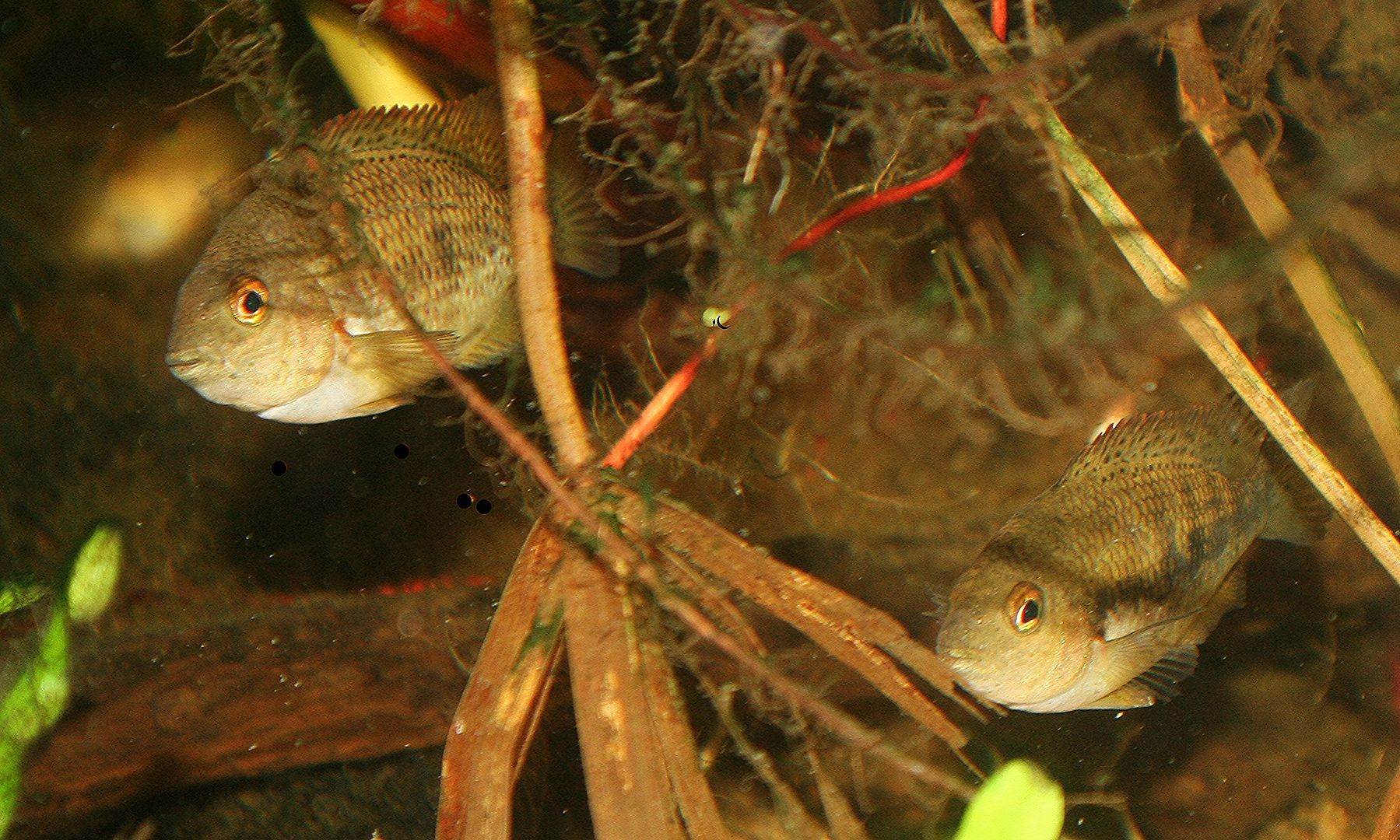
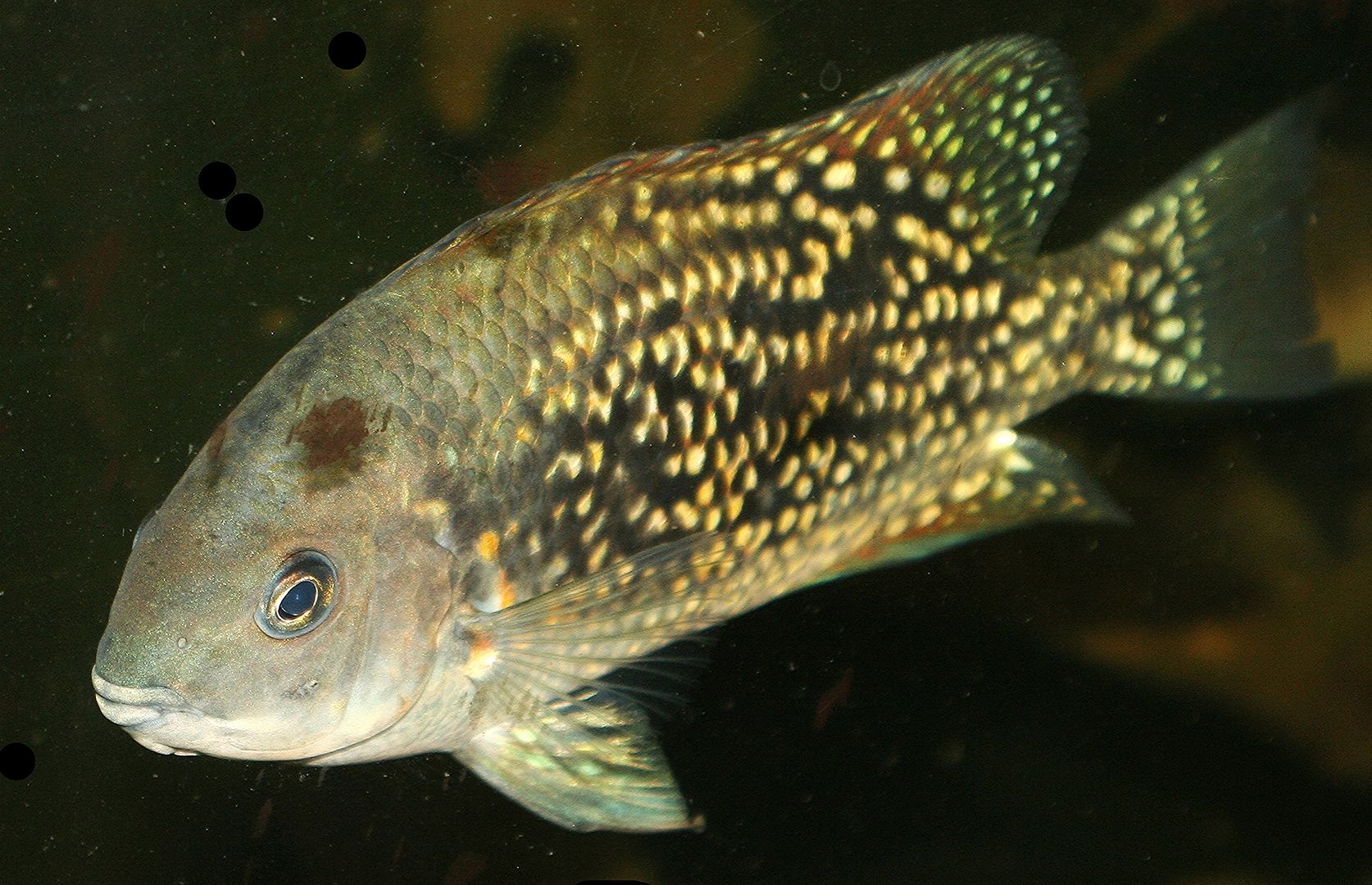
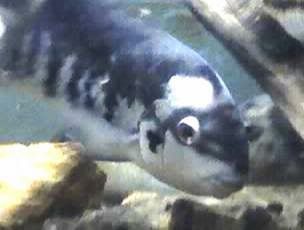
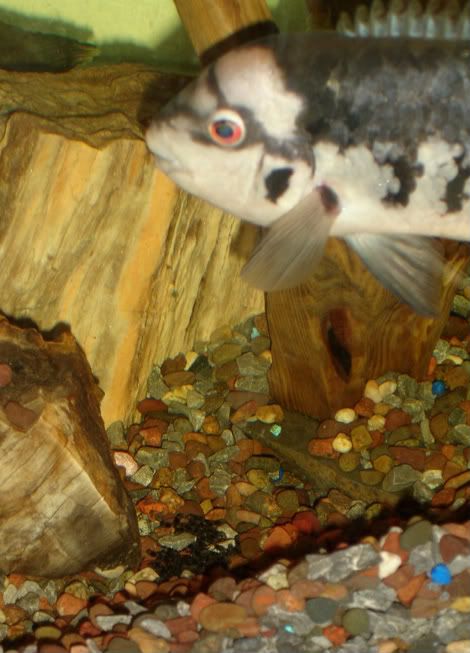
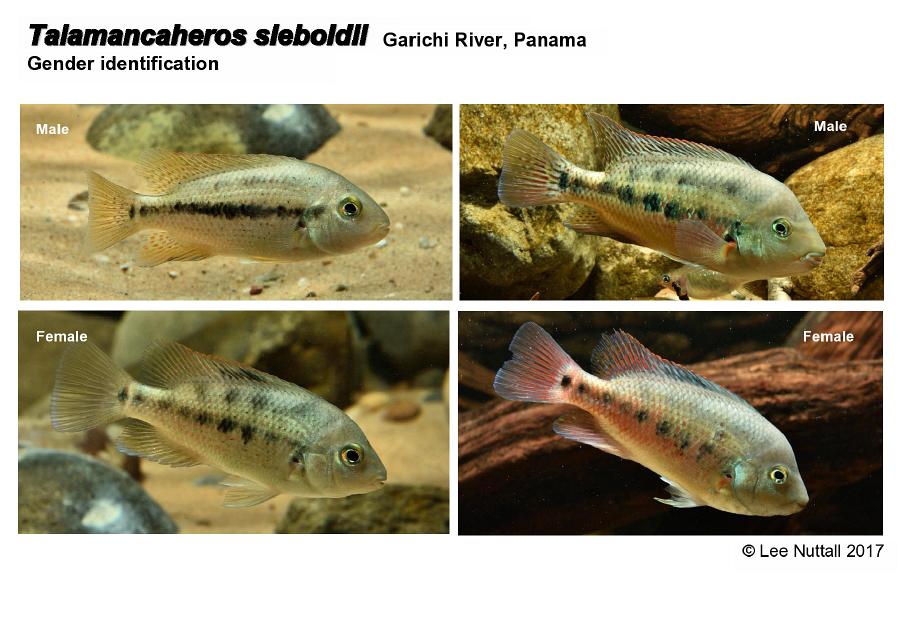 Doc1sieboldii a-page0001_1
Doc1sieboldii a-page0001_1